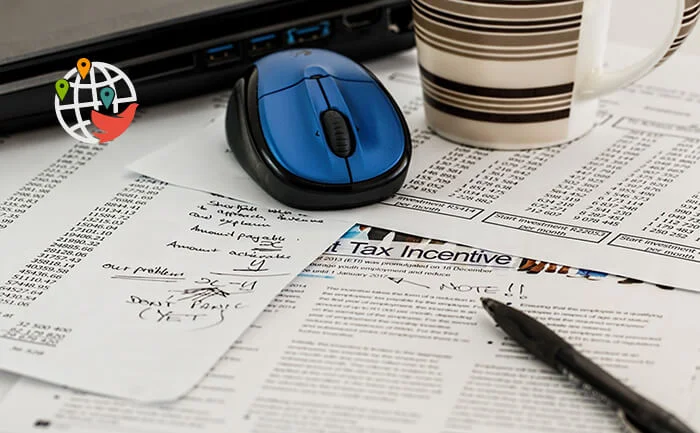Canadian Income Tax and Benefit Return: How to File Correctly

It is a report to the government about the money you earned and the taxes you paid during the year.
Canada's tax system is based on the principle of self-assessment. This means that every year, citizens and residents must file a tax return reporting their income, claiming deductions and credits, and calculating whether they owe additional tax or are eligible for a refund.
Who needs to file a tax return
All Canadian residents must file a tax return, even if they don't have any tax obligations.
Filing a return is mandatory if:
- you owe tax for the previous year or want to receive a tax refund;
- you're claiming benefits or credits;
- you received a notice from the Canada Revenue Agency (CRA) to file a return, or your spouse/partner wants to split pension income;
- you withdrew money from your Registered Retirement Savings Plan (RRSP) to participate in the Home Buyers' Plan or the Lifelong Learning Plan;
- your income exceeds $3,500 CAD per month, requiring Canada Pension Plan (CPP) contributions;
- you're self-employed and need to pay insurance premiums.
Non-residents of Canada must also file returns if they receive income from Canadian sources, such as employment, business, or property sales.
Tax return filing deadlines
Filing usually starts in February. All taxpayers must file by April 30. If April 30 falls on a weekend, the deadline is extended to the next business day.
Self-employed individuals have until June 15 to file, but if this date falls on a weekend, the deadline moves to the next business day. However, taxes are still due by April 30.
Companies must file returns within six months after the end of their fiscal year.
What to include in your return
To file your tax return, you'll need the basic T1 form, which all individuals must complete. In addition, you'll need documents such as:
- T4 form — income statement for employees;
- T4A form — income statement for self-employed individuals, pensioners, or those receiving annuities or other income.
When filing, you must provide:
- personal information (name, address, social insurance number, marital status);
- income sources (salary, business income, investments, foreign income);
- tax credits and deductions you're claiming;
- tax owed or requests for refunds of overpaid taxes.
Where to find forms
Each province and territory has its own tax forms. You can download them from the official Government of Canada website. Choose the tax year and then your province of residence. Quebec forms are available on the provincial Revenue Agency website (Revenu Québec).
If you filed a paper return the previous year, the tax agency will mail you a form for the next year. This package includes returns and forms for calculating provincial taxes (except Quebec), a return envelope, and a letter from the Minister of National Revenue.
If you don't receive your package on time, you can:
- download and print tax forms from the official website;
- order forms online or by calling 1-855-330-3305 (for non-residents: 1-613-940-8495).
Note that from 2024, tax packages are thinner as line-by-line instructions are no longer printed on paper — they're only available online.
How to file your tax return
You can choose one of the following methods:
- NETFILE — online filing using certified tax software. This system allows you to receive refunds within two weeks. You can also use Auto-fill my return through NETFILE to automatically complete part of your return based on CRA data.
- official website.
- Free tax help centers, known as "tax clinics" — you can use these if you have a low income and a simple tax situation. Find the nearest tax clinic on the official website.
Penalties for non-filing and late filing
If you don't file your return on time or don't pay taxes by April 30, you'll have to pay a penalty of 5% of the amount owed plus 1% for each month of delay (up to 12 months).
Interest on outstanding balances starts accruing from May 1. The interest rate charged by the CRA is reviewed every three months.
The penalty for not filing a return in Quebec can be up to $2,500 CAD, with additional interest charged on the outstanding balance.
Help with filing your tax return
If you need help filing your tax return, you can use the services of a tax specialist or visit free tax centers for low-income individuals. These services can help you save time and avoid mistakes.
You can also use online calculators to estimate your taxes and refunds:
Filing a tax return in Canada is an important responsibility for every taxpayer. Meeting deadlines and correctly completing all necessary forms will help you avoid penalties and access various benefits and credits. Modern tools have made filing easier, and free tax clinics provide assistance to those who need it. Remember to prepare in advance and use available resources to ensure a smooth filing process.





























